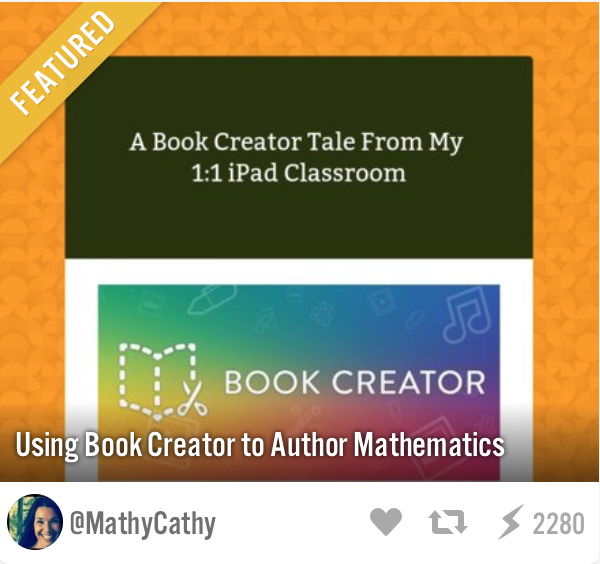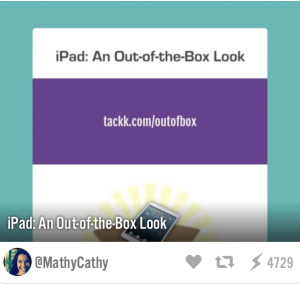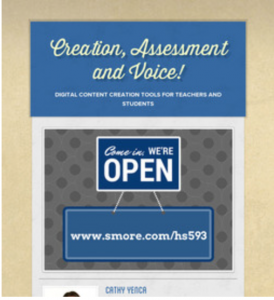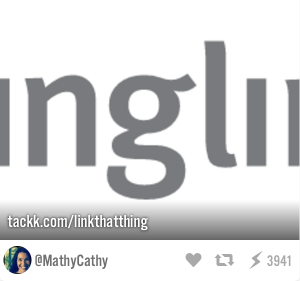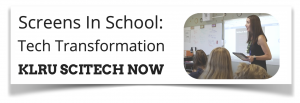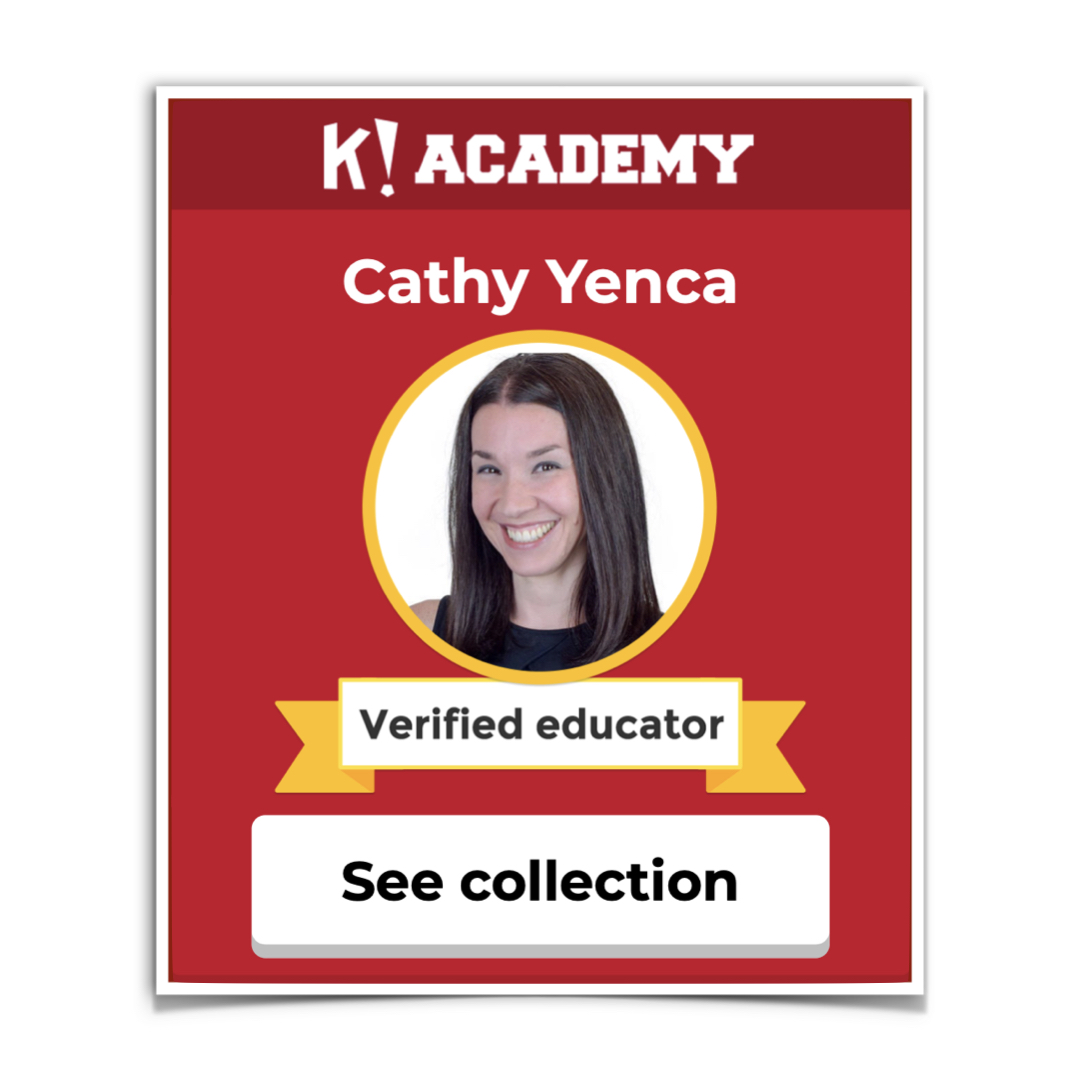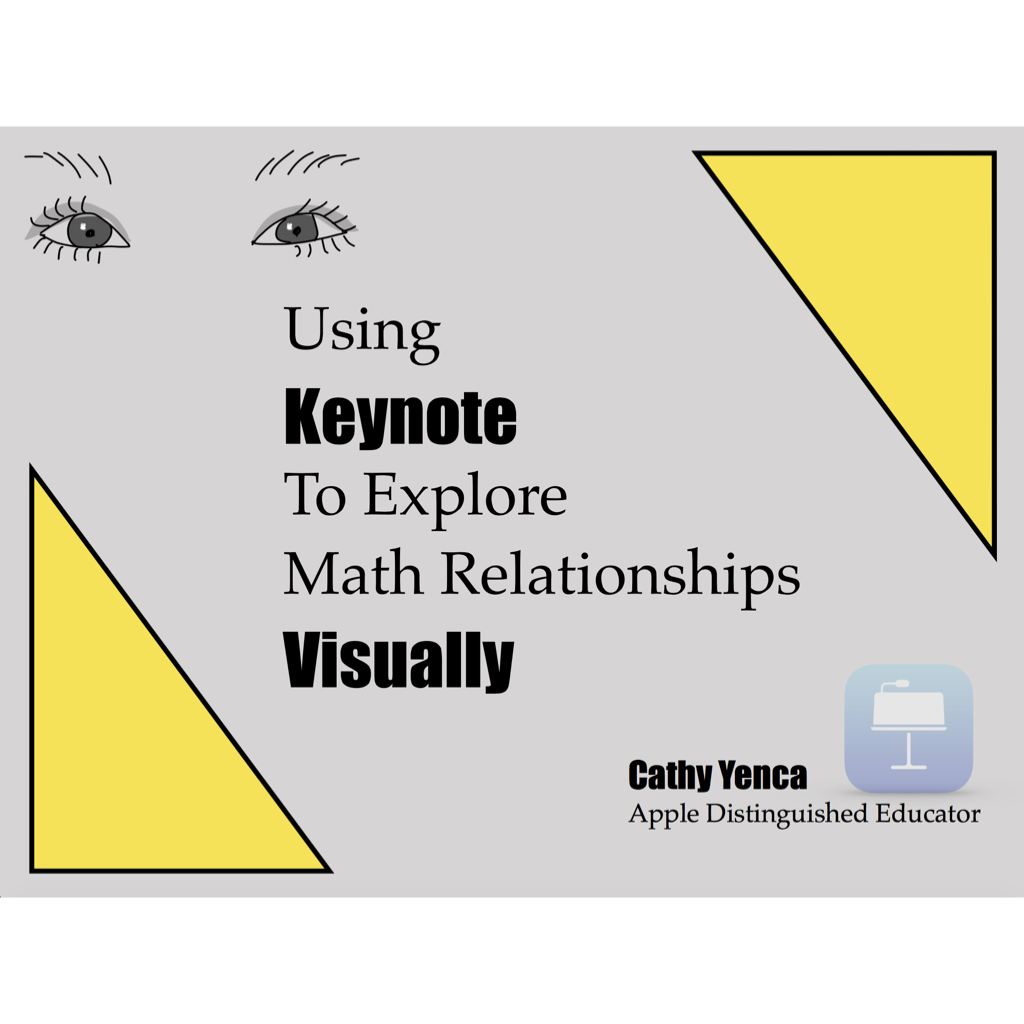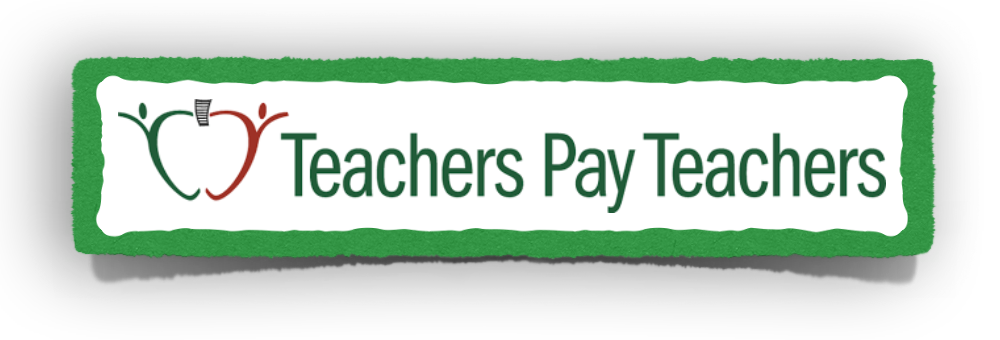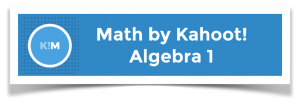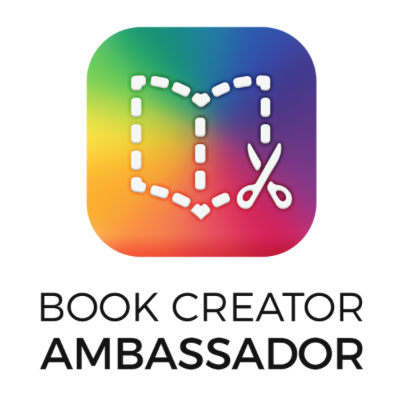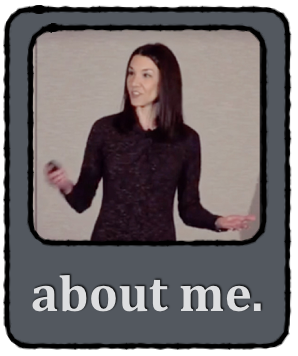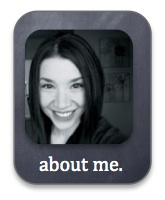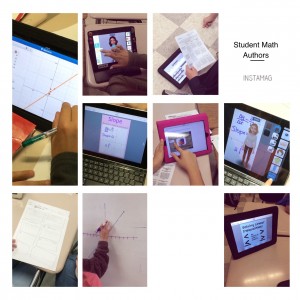 It’s the most wonderful time of the year! As the semester winds up (exams!) and then winds down (winter break!) it’s become a good time to give my students some creative opportunities to reflect on what they’ve learned throughout the year.
It’s the most wonderful time of the year! As the semester winds up (exams!) and then winds down (winter break!) it’s become a good time to give my students some creative opportunities to reflect on what they’ve learned throughout the year.
Last week, my Algebra students wrapped up authoring their own math eBooks in preparation for upcoming semester exams. This is my third lap with this Book Creator project, which is tucked into this iTunes U Course if you want to give it a go with your own students.
If you’d like to read about how this project came to be, check out lap 1 and lap 2 before reading on.
What I did differently this lap:
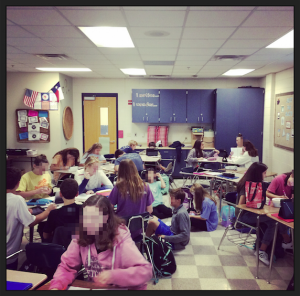 1. With new Algebra TEKS came new eBook topics. Rather than only providing students with a standard or learning target on which to base their books, I chose this time to give each student group the TEKS/target as well as a representative problem set. Before we even talked about authoring a book, student groups worked together to solve specific problems that varied in difficulty, but were rigorous enough to set clear expectations about the problem-types that would be appropriate for their eBooks. In the past, students often defaulted to too-easy examples. Additionally, some students misunderstood their math topic and wrote books that missed the mark a bit.
1. With new Algebra TEKS came new eBook topics. Rather than only providing students with a standard or learning target on which to base their books, I chose this time to give each student group the TEKS/target as well as a representative problem set. Before we even talked about authoring a book, student groups worked together to solve specific problems that varied in difficulty, but were rigorous enough to set clear expectations about the problem-types that would be appropriate for their eBooks. In the past, students often defaulted to too-easy examples. Additionally, some students misunderstood their math topic and wrote books that missed the mark a bit.
2. Each class was provided with exactly three copies of each sample problem set, and I distributed these resources randomly. That meant each student was both assigned a random math topic as well as a random group comprised of exactly three students. Students who mutually agreed to trade papers (and therefore math topics and student groups) were permitted to do so. Some groups of three mutually agreed to become a pair and a lone-ranger, giving rise to multiple books on the same topic. I believe giving students choices helps them own their work, so I remained flexible as they worked through these logistics themselves.
3. This year, I very intentionally framed the project as a “community service project.” The ultimate goal of creating this collection of eBooks was to provide peers with multi-media review resources beyond typical textbooks and worksheets. I think students heard and owned this message. Instead of viewing the eBooks as being a nifty iPad “graded project” with a checklist to complete, students considered their audience, and designed the books with the goal of meeting the needs of their peers.
4. Students worked on the majority of this project in my absence! While I was at NCTM Nashville, my amazing sub interviewed each student group daily, and took extensive progress notes for me. Even though I missed seeing a lot of the process in person, I felt very connected to students’ progress through these notes!
Every year, I see the quality of these eBooks improve! Student tutorial videos were the best yet, and most student groups took my advice and included a problem set as a self-checking “quiz” at the end of their books. With emphasis on sound mathematics for meeting the needs of the intended audience (their friends!) I was proud of their work… and so were they!
Here is a ThingLink housing the .ePub files for the eBooks thus far. Missing books are being revised and resubmitted, so stay tuned!

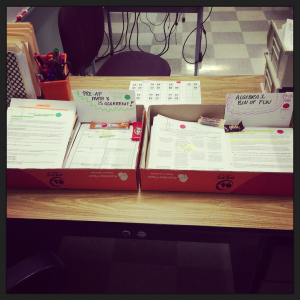

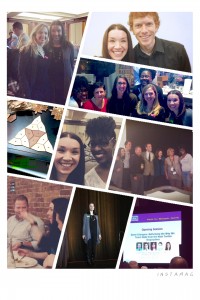
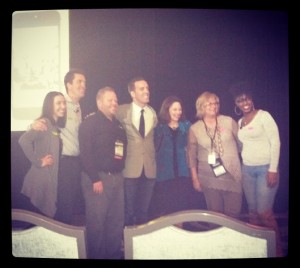
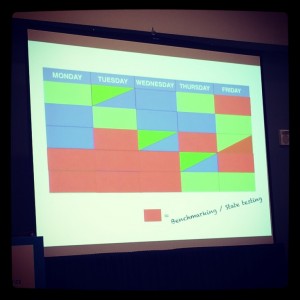 Geoff Krall’s
Geoff Krall’s (3) Real-life in-person interactions strengthen our virtual-professional relationships.
(3) Real-life in-person interactions strengthen our virtual-professional relationships.
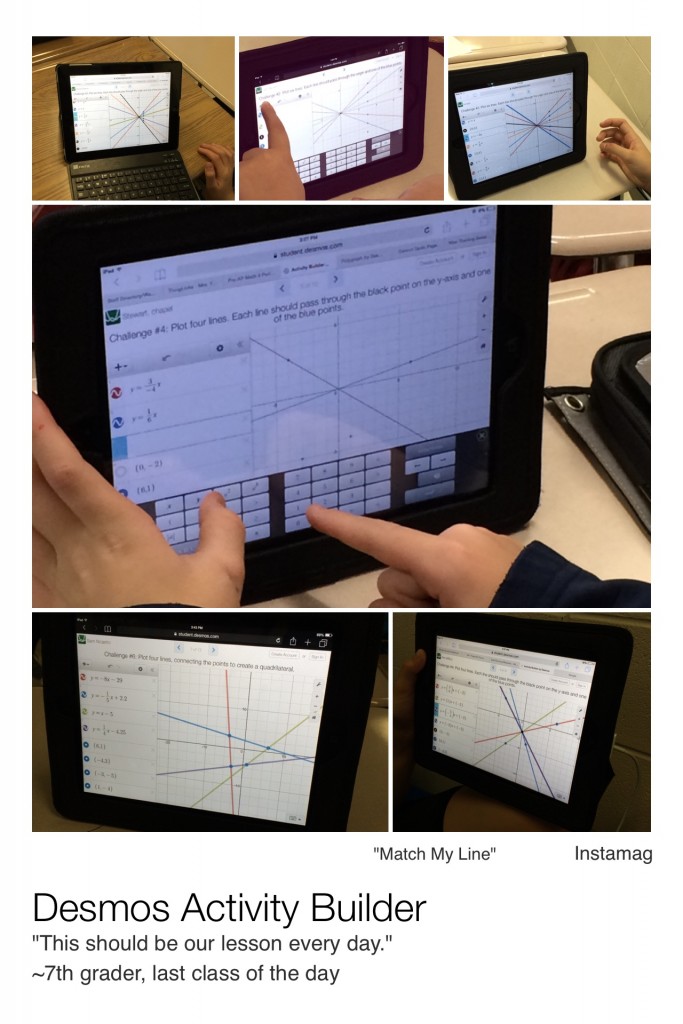 “See?!? I’m smart!”
“See?!? I’m smart!”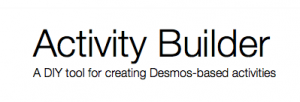 Has it ever been so simple to create and share interactive math lessons that rock? The Desmos Activity Builder is inspiring math educators all over to take lesson ideas to new levels. Head on over to Twitter and search for @Desmos and/or #ActivityBuilder… and you might just bump into exactly what you’re looking for… or at the very least, something BETTER than what you’ve done before!
Has it ever been so simple to create and share interactive math lessons that rock? The Desmos Activity Builder is inspiring math educators all over to take lesson ideas to new levels. Head on over to Twitter and search for @Desmos and/or #ActivityBuilder… and you might just bump into exactly what you’re looking for… or at the very least, something BETTER than what you’ve done before!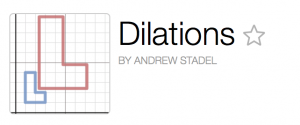
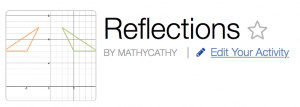
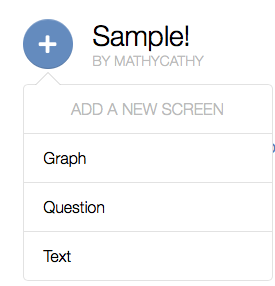 It’s quite easy!
It’s quite easy! 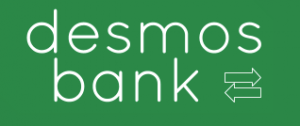

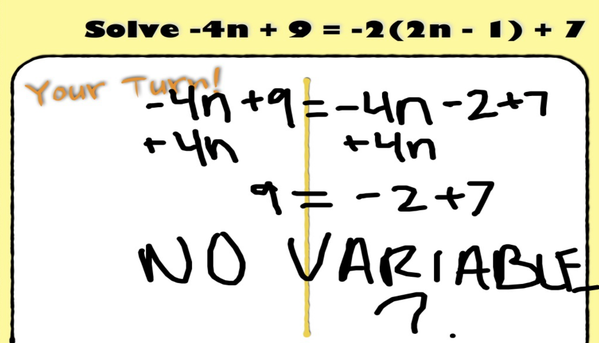
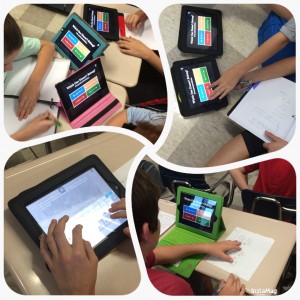
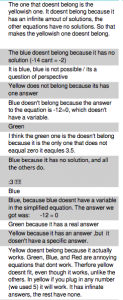

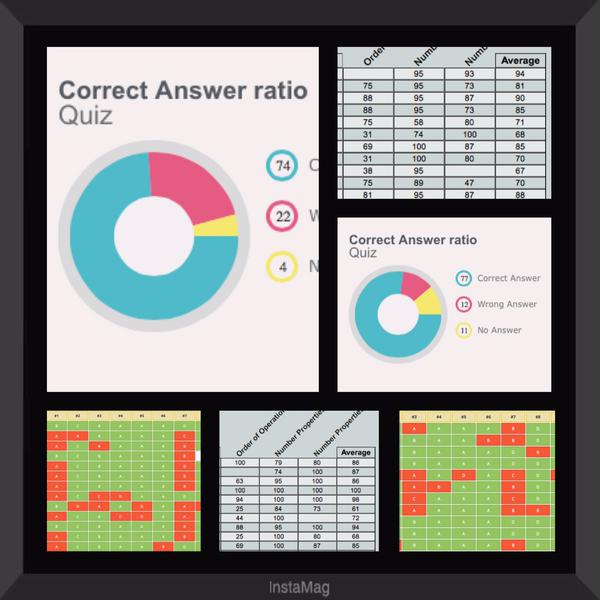
 Non-boring summers are my favorite, and this summer has been anything but boring.
Non-boring summers are my favorite, and this summer has been anything but boring.